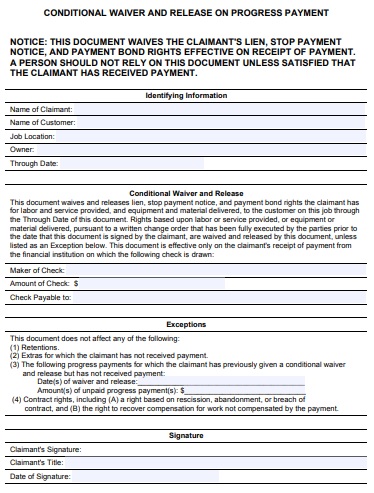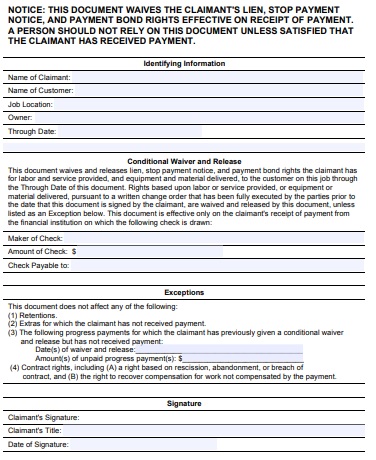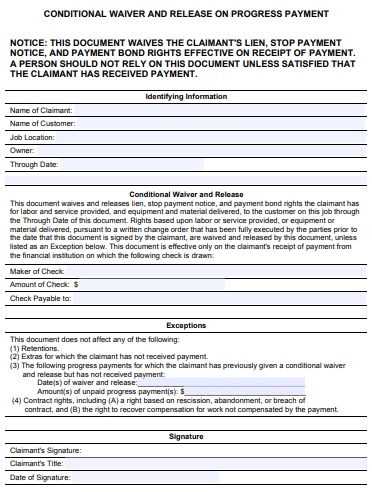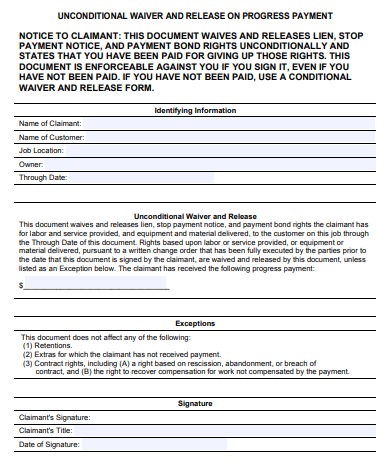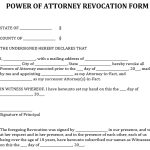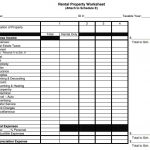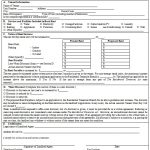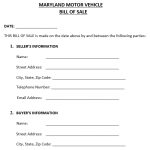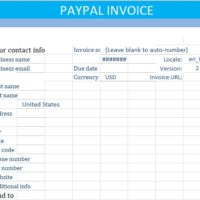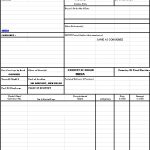A mechanic lien release form is a form that the bill payer uses. This form is used to request that the documentation be provided to indicate the release of the lien placed on the property and the bill has been paid in full. The County Registry of Deeds must sign and file the Lien Release.
Table of Contents
What is a Contractor’s (Mechanic’s) Lien?
When you have not paid for the work, services, or supplies contractors have provided, this is something that they will have placed. This generally occurs when the owner of the property has not been paid for quite some time.
What should be included in a Mechanic lien release form?
The mechanic lien release form should include the following;
Details of all involved parties
At first, you have to include the details of all involved parties in the form. You should ensure that to include the contractor, any subcontractors, consultants, and professionals in the document. Also, ask them to sign the lien release form.
Include terms and conditions
You should also state that whether this is a conditional or unconditional lien release. Mention all the terms and conditions clearly and explicitly. This is particularly important if you select to waive only some rights and not all of them.
Details of all work and the whole project
In the next section, mention the nature of the project or the work that has been done. You should provide as much detail as possible regarding who did what work. This will assist in identifying what work any parties involved cannot lay claim to. Furthermore, it is also important to mention that parties can not lay a lien claim on equipment delivered or materials used.
Exceptions
Both contractors and subcontractors don’t always stipulate what claims they like to retain. This states that if they aren’t indicated they forfeit valid claims like rights or intellectual property and construction design. You have to state all claims that you want to reserve in this section.
Seal and sign
Your release form has to be stamped and signed. The form gets authenticity having a seal stamped by a registered or authorized form. You will require notarization and affidavits in some states and jurisdictions. You may also require witnesses to view and sign the release form in case the nature of the project is large and of significant value. Also, include the date when the release was signed. You may also like the Partial Release of Lien Form.
Different types of Lien Release Forms:
The two main types of Lien release forms are;
Conditional
This is a contract by both the unpaid party and the owner of the property. It states intent to pay the bill. If the bill payer keeps making the agreed payments until the debt is settled in full, then the form is only valid.
Unconditional
This is the most common form of lien release. It is only valid when both the property owner and the bill collector have been paid.
Release upon progress payments
When the person owing the money has agreed to make payments then a condition lien release is used. It is also used when the claimant agrees to remove the lien release. This form is usually effective in case the person paying actually makes the set-out payments. All items are not covered by it.
On the other hand, when the claimant has got the progress payments set out among both parties, an unconditional lien release is used.
Release upon final payment
A condition release is usually used when the claimant has not paid a final payment. But, the person to whom the payment has been paid has agreed to make one. Also, the claimant has released the lien.
When the final payment has been got and the claimant releases the lien then an unconditional lien release is used.
Conditional Contractors Mechanics Lien Release Form
Conditional Mechanic Lien Release Form
Conditional Waiver and Release on Progress Payment Form
Unconditional Contractors Mechanics Lien Release Form
Conclusion:
In conclusion, a mechanic lien release form should be signed by the claimant or their agent. It is usually sent to you by the contractor upon the final payment.

